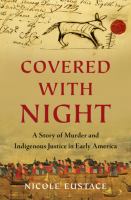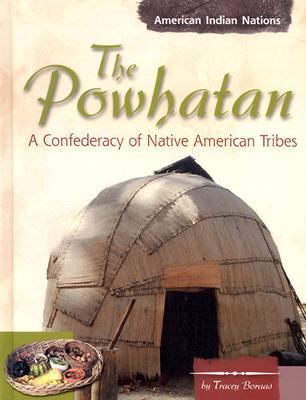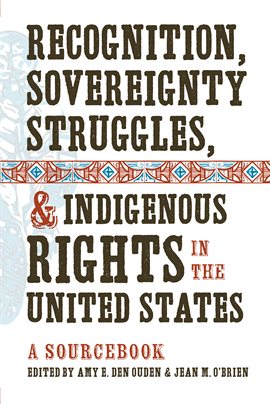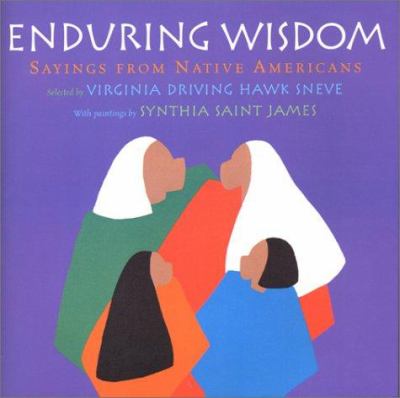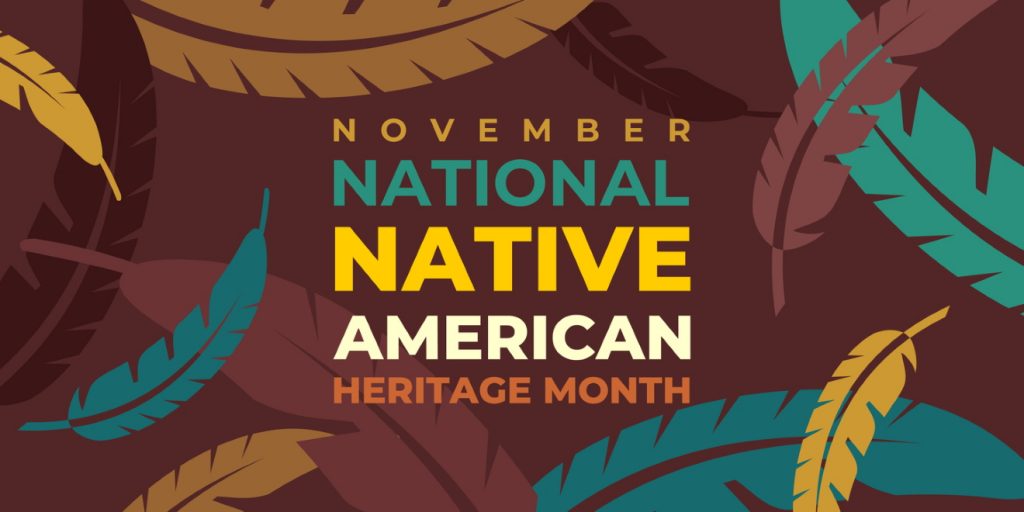
Introduction
National American Indian Heritage Month has particular significance to Virginia, home to eleven state recognized American Indian tribes. “State recognition is the formal declaration of recognition to an American Indian tribe located in Virginia by the Commonwealth.” [https://www.commonwealth.virginia.gov/virginia-indians/state-recognized-tribes/]
The recognition procedure is meant to distinguish Native American tribes that were here before European migration. Virginia has used various processes and benchmarks to do this—not without controversy. The controversy surrounding state recognition of three tribes in 2012 terminated the process.
The tribes with official state recognition to date are:
- Cheroenhaka (Nottoway) – Southampton County (recognized 2010)
- Chickahominy – Charles City County (recognized 1983)
- Chickahominy Indians Eastern Division – New Kent County (recognized 1983)
- Mattaponi – King William County (recognized 1983, affirming status since 1600’s)
- Monacan – Amherst County (recognized 1989)
- Nansemond – Chesapeake City (recognized 1984)
- Nottoway – Southampton County (recognized 2010)
- Pamunkey – King William County (recognized 1983, affirming status since 1600’s)
- Patawomeck – Stafford County (recognized 2010)
- Rappahannock – King and Queen County (recognized 1983)
- Upper Mattaponi – King William County (recognized 1983)
Only the Pamunkey and Mattaponi have state recognized reservation lands allocated by 17th century colonial treaties. There are no federal reservations for Virginia’s Native Americans because no treaties were signed between the tribes and the federal government to end a war.
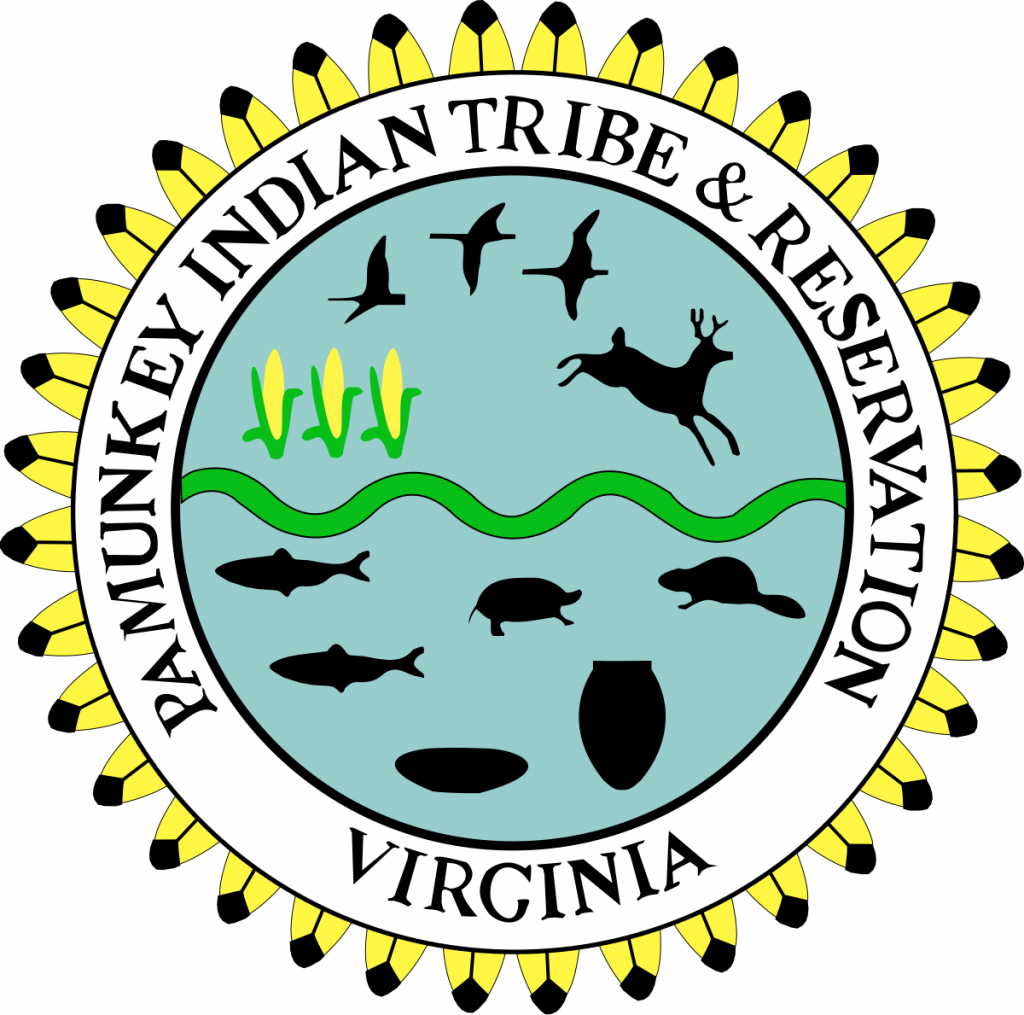
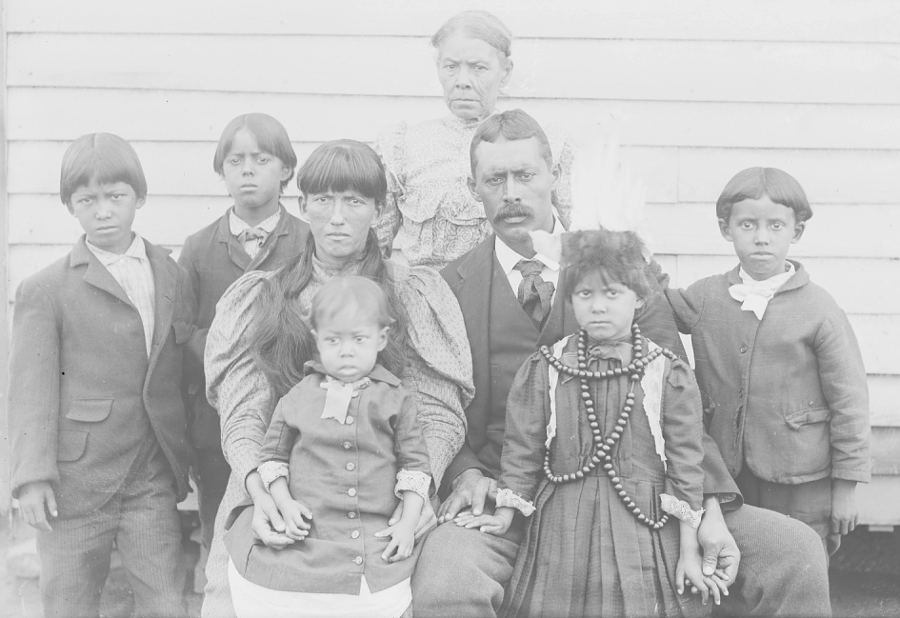
English Arrival
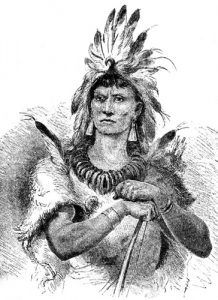
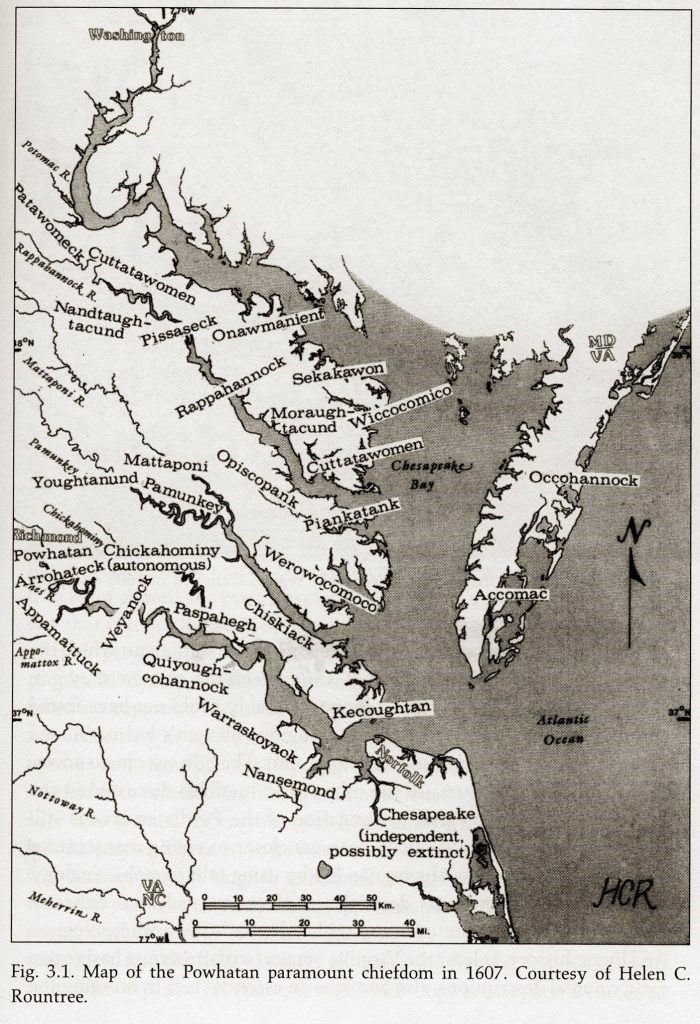
When the English arrived in 1607 there were numerous tribes who had lived in Virginia for thousands of years. Chief Powhatan (Wahunsenacawh), the father of Pocahontas, had formed the Powhatan Confederacy of over thirty Algonquian speaking tribes. Their land spanned “from north of the Rappahannock River to south of the James and west to the fall line” and was known as Tsenacomoco (Powhatan paramount chiefdom). Chief Powhatan had inherited six tribes, the core of his chiefdom: the Powhatans, Pamunkey, Arrohateck, Appamattuck, Youghtannund, and the Mattaponi.
The English often were unsure which Native Americans were part of the confederacy. For example, the Chickahominy Indians lived in Tsenacomoco but were self-governing. Meanwhile, the Patawomecks, who lived “along the Potomac River, paid Powhatan tribute but were not always loyal.” [https://encyclopediavirginia.org/entries/first-anglo-powhatan-war-1609-1614/]
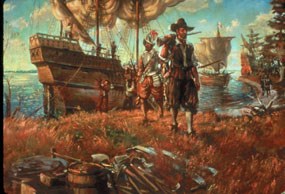
War Between Cultures
The Powhatans and the English collided in the First Anglo–Powhatan War (1609-1614). Native Americans watched as the English in search of farm land expanded their footprint along the James River. The tribes intended to stop what they considered the settler’s encroachment. The Mattaponi joined the roughly one-hundred-year-old Opechancanough in assaulting the colonists in what is known as the Second Anglo-Powhatan War (1622–1632). The war ended with the marriage of Pocahontas and John Rolfe.
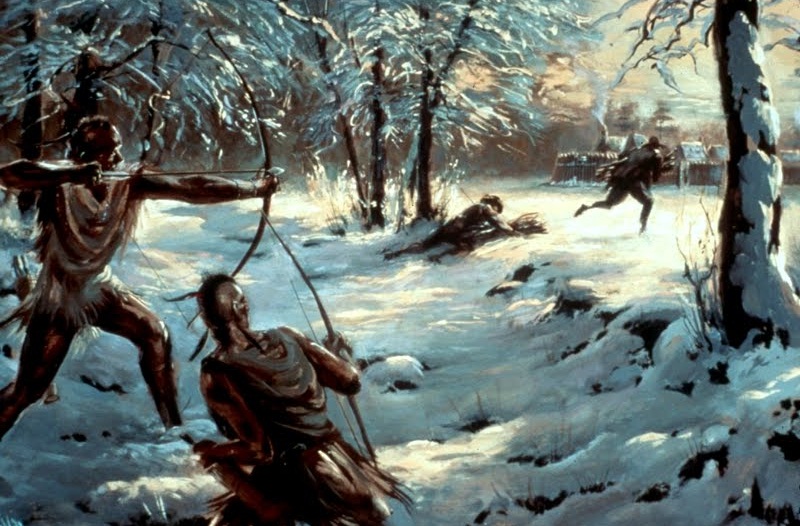
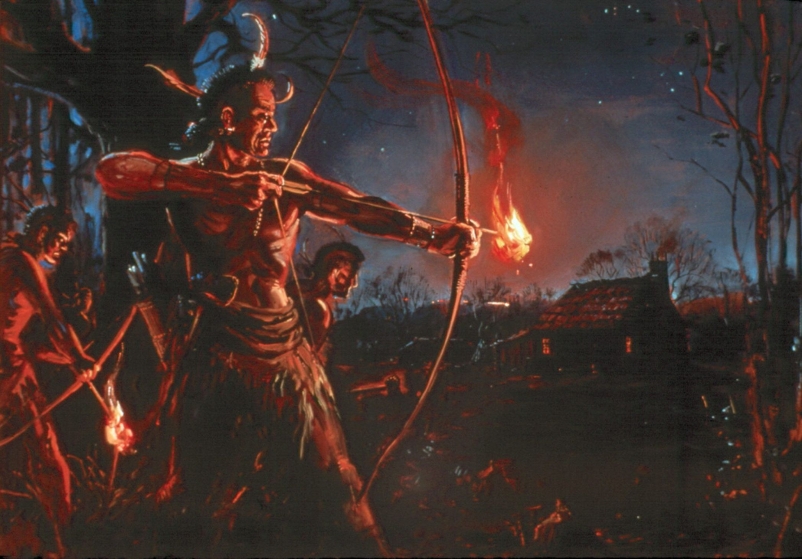
Sidney King painting, “Indian Uprising, 1622”
Source: National Park Service
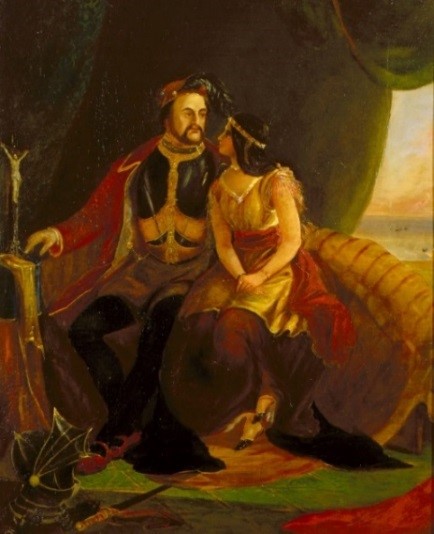
Let’s Take A Brief Look At Three State Recognized Tribes
Mattaponi
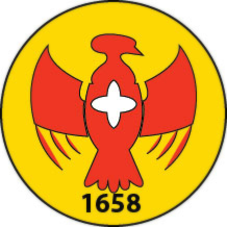
The Mattaponi tribe “lived on the middle stretches of the Mattaponi and Pamunkey rivers.” The Jamestown colonists estimated there were about 30 to 140 men among the Mattaponi. At first the Mattaponi tried to help the English who were expanding their foothold. They joined Opechancanough in attacking the colonists in the Second Anglo-Powhatan War (1622–1632). They joined Opechancanough again in the Third Anglo-Powhatan War (1644–1646).
Anthropologist Frederic Wright Gleach wrote in Powhatan’s World and Colonial Virginia, “’Like his earlier attack, the 1644 coup can be best understood as an attempt by Opechancanough to correct the colonists’ inappropriate behavior and to stay their ceaseless expansion.’” [http://nativeamericannetroots.net/diary/1626]
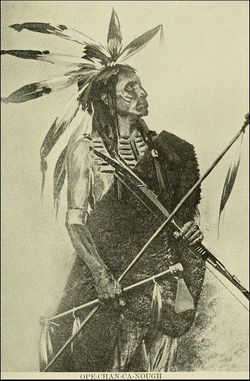
Opechancanough
The peace treaty concluding that war established a tradition of paying an annual tribute (fish and game) to the Virginia governor. The treaty also allocated land for the Mattaponi along the Rappahannock River. In 1658 the state legislature created the Mattaponi Indian Reservation “from land long held by” the tribe. It is one of the country’s oldest reservations.
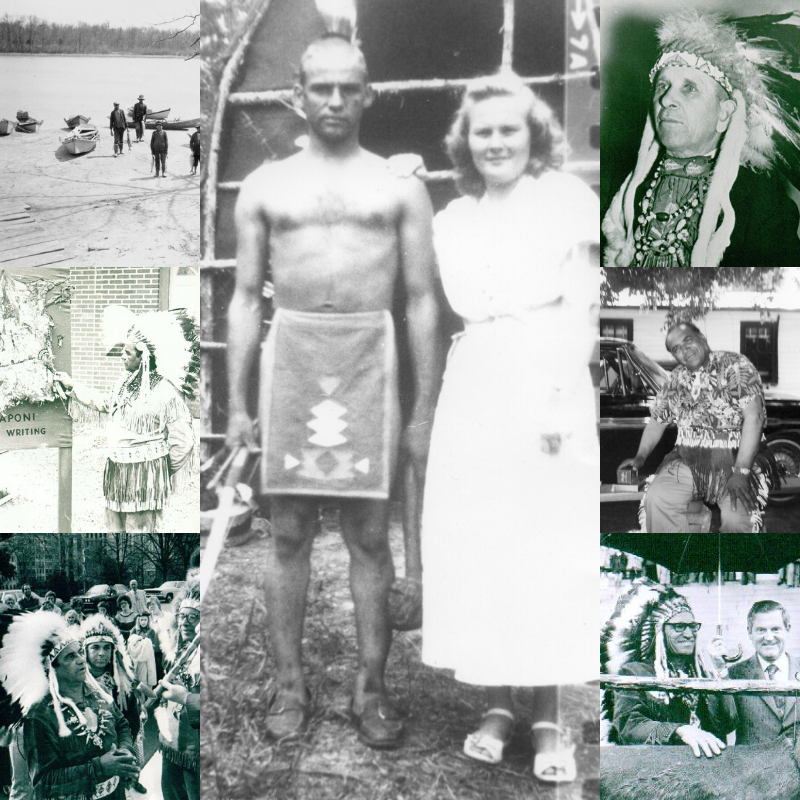
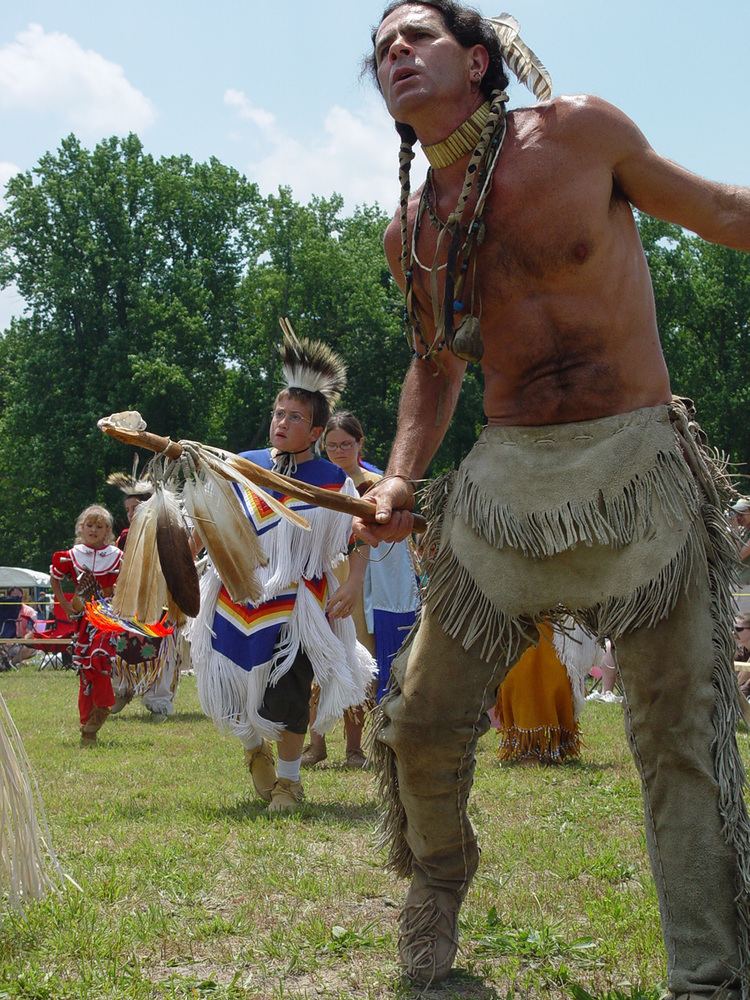
The Mattaponi describe themselves on their website as: the “people of the river. We have been in this region for over 15,000 years….The Mattaponi River will always remain the lifeblood of our tribe and an important part of our culture. Members of the Tribe reside on the same Reservation Lands confirmed to the Mattaponi in 1658, however the land base is much smaller than the original tract set aside for the Tribe. Currently the Reservation measures about 150 acres including wetlands….Contemporary Mattaponi tribal life is still based deeply in the traditions of our ancestors, such as being faithful to our treaties and living in harmony with the natural world, while at the same time we have adapted to an ever-changing society….A chief, an assistant chief, and seven council members govern the tribe….The reservation includes a small church, a museum, a fish hatchery and marine science facility, and a community tribal building that was formerly the reservation school. The hatchery and marine science facility were funded through grants and individual contributions and support the tribe’s work with American shad.” [https://encyclopediavirginia.org/entries/mattaponi-tribe/]
Seventy-five Mattaponi live on the reservation which runs along the borders of the Mattaponi River. The Mattaponi are trying to rejuvenate the Mattaponi Powhatan Algonquian language.
Upper Mattaponi
A separate Mattaponi group had for some time settled beyond the reservation at an unincorporated village called Adamstown, on the upper Mattaponi River. Seventeenth century records recognized this as Indian land. In 1921 “the Adamstown band became officially known as the Upper Mattaponi Tribe.” [https://umitribe.org/]
On January 12, 2018, the Upper Mattaponi Tribe and six other tribes (the Mattaponi Tribe, the Chickahominy Indian Tribe, the Chickahominy Indian Tribe – Eastern Division, the Rappahannock Tribe, the Monacan Nation and the Nansemond Tribe) gained federal status “through passage of Public Law 115-121, the Thomasina E. Jordan Indian Tribes of Virginia Federal Recognition Act of 2017….” The Mattaponi are categorized as a branch of Pamunkey Indians.
According their website, the “Tribe’s community base still resides in the traditional lands of Tsenacomacah. The Tribe has strong ties to Christianity and their community is centered around The Indian View Baptist Church, built in 1942. Next door to the church is the Sharon Indian School. Originally built in the early 1900’s, it was replaced with a more modern structure in the 1950’s. As the only public Indian school building in the state of Virginia, it now serves as the Tribal Center. Today the Upper Mattaponi own over 400 acres of land and are a proud and humble people of strong character and values, with much optimism and hope for the future….” [https://umitribe.org/]
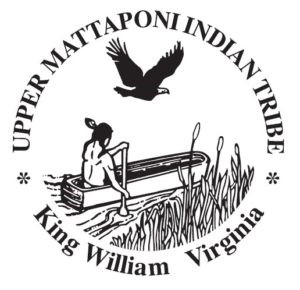
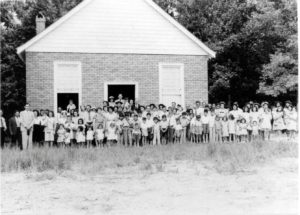
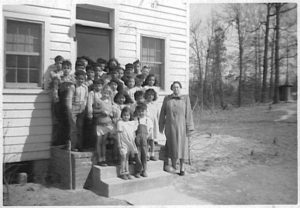
The website gives a brief description of their history. “As part of the Powhatan chiefdom, Upper Mattaponi descendants played a fundamental role in the first permanent English settlement in the Americas. In 1608, Captain John Smith’s “Map of Virginia” identified the village of Passaunkack at the location of the present day Upper Mattaponi. In 1676, the August Hermann Map shows several Indian houses along the Upper Mattaponi River directly at the location of the Upper Mattaponi people, identifying the region as Indian land. Under the leadership of Cockacoeske, the Upper Mattaponi were signatories to the 1677 Treaty of Middle Plantation. The oldest surviving King William County records dated 1885 list non-reservated Indians bearing the surname Adams living in a settlement known as Adamstown. The name most likely originated with James Adams who served as an official interpreter between the British and Indians living in this area between 1702 to 1727.” [https://umitribe.org/]
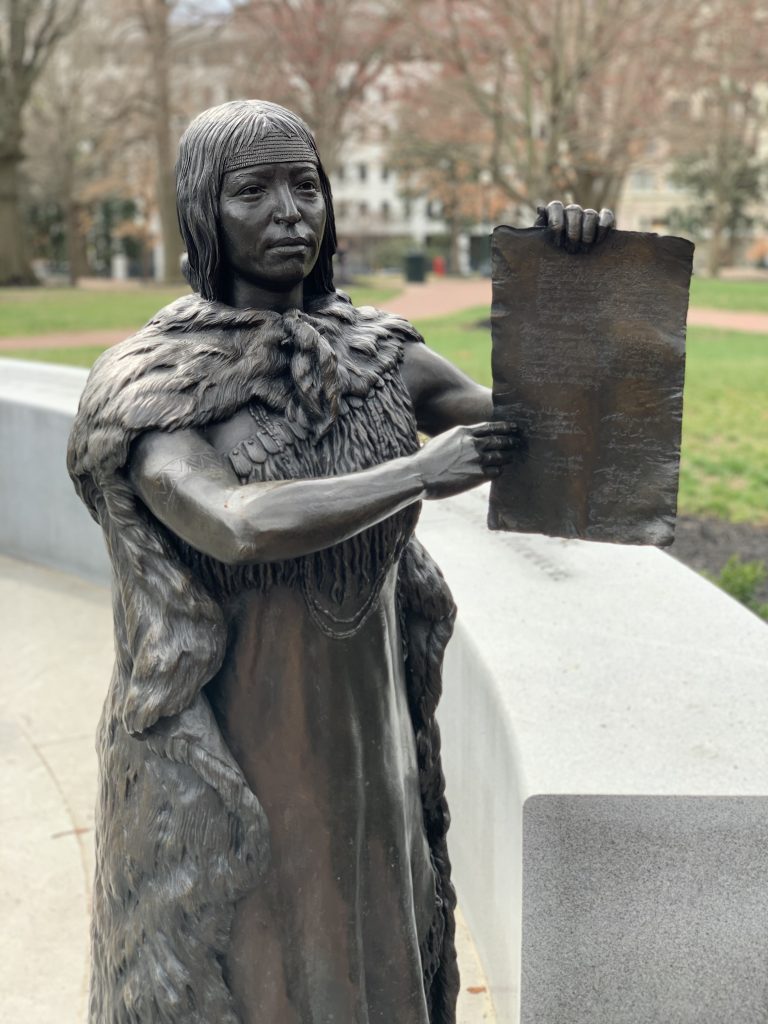
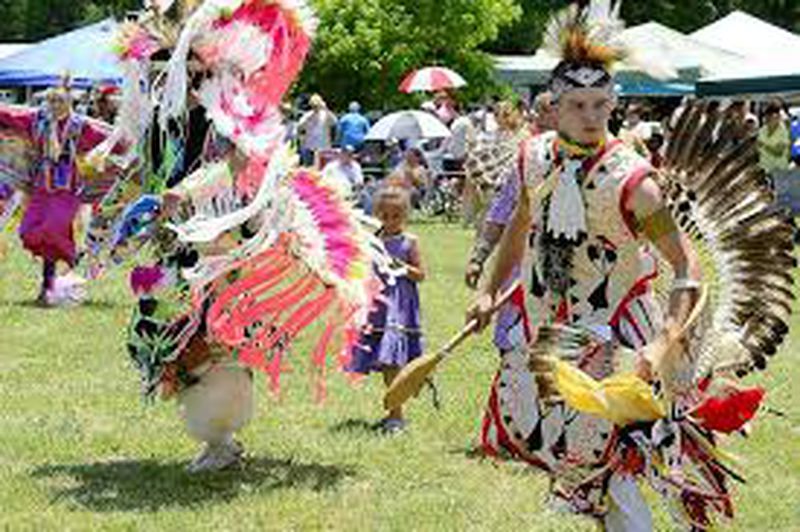
Pamunkey
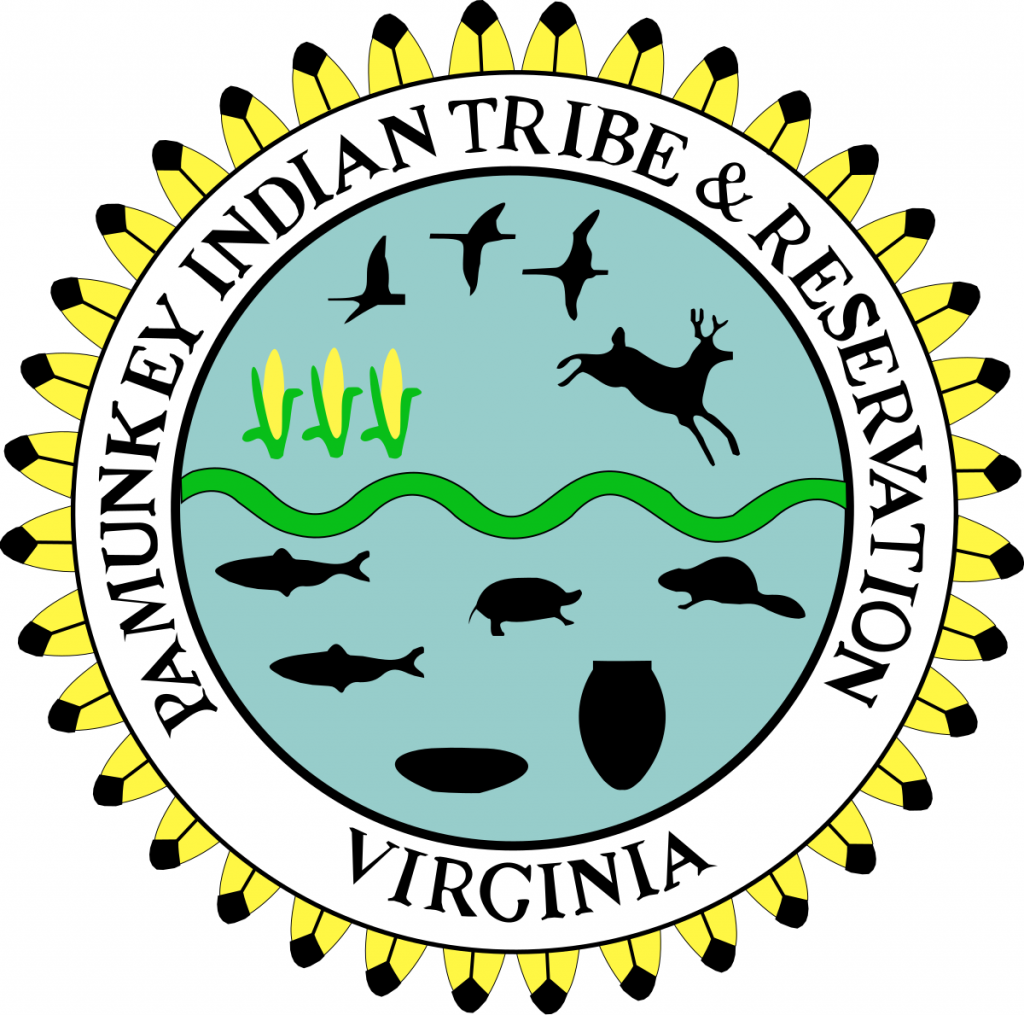
Various researchers think the Pamunkey have inhabited their tribal area for 10,000 to 12,000 years. As noted above, the tribe was part of the Powhatan Confederacy. When the English arrived, the tribe lived along the Pamunkey River. Powhatan probably made his younger brother or cousin Opechancanough the Pamunkey’s chief. And as previously mentioned, the Pamunkey fought with other tribes ruled by Wahunsenacawh and his successor against the colonists in three major wars.
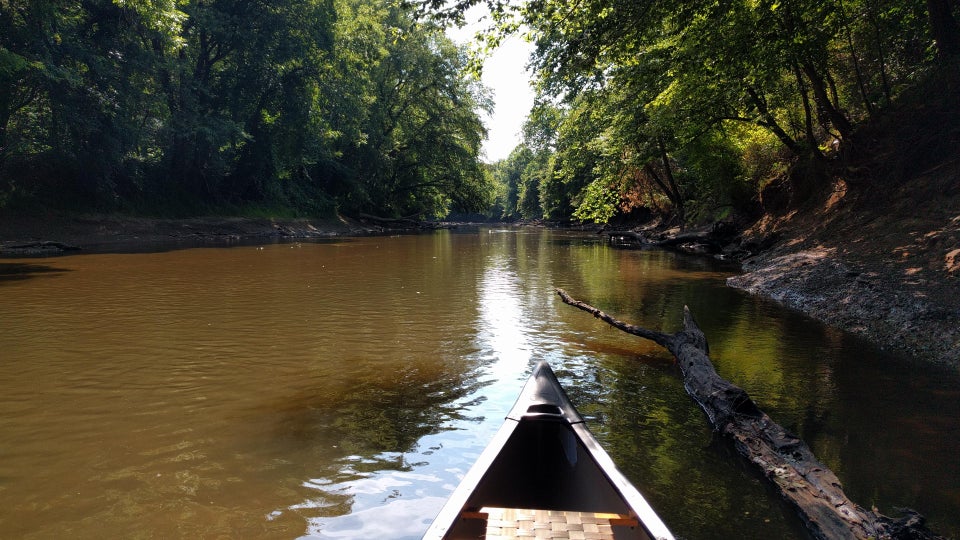
In the 1670s the Pamunkey female chief, Cockacoeske coordinated with the colonial government attempting to obtain her tribe’s rights. In 1676, Nathaniel Bacon and his men assaulted the Pamunkey. Then Cockacoeske met with Jamestown authorities to talk about supplying warriors to protect the colony from outlying tribes. She pointed out to them that some of her warriors had died already defending the colony. In February 1677 Cockacoeske lobbied the General Assembly to free any captive warriors and to return Pamunkey property. On May 29, 1677, Cockacoeske signed the Treaty of Middle Plantation (referred to in London as the Articles of Peace), reunifying under her control some tribes that had not been under Powhatan dominance since 1646 and pledging allegiance to the English King with a yearly compliment of game as a swap for hunting rights, admittance to civil courts, and possession of land “within a three-mile radius of any Indian town.” Cockacoeske’s heir, Ann, continued the struggle for Pamunkey rights in the face of European incursion into their tribal territory.
According to the Pamunkey website, “The Pamunkey Indian Tribe is one of the most prominent Indian tribes to first meet Europeans on the East Coast of North America. This status is due in part to the prominence of Pamunkey Indians, especially Powhatan and Pocahontas, whose activities were integral to American history. The Pamunkey Indians long defended their rights as unique citizens of the United States, with treaty and legal privileges that date back more than four hundred years. The Pamunkey Indian Tribe played a vital role in England’s early settlements in North America, and documents preserved in the archives of the United States and England show the existence of the Pamunkey Indian Tribe since the first visit of Captain John Smith in 1607 when the English settled Jamestown….The United States Department of the Interior announced final determination to acknowledge the Pamunkey Indian Tribe…a federally recognized Indian tribe on July 2, 2015 with the effective decision date of January 28, 2016. [https://pamunkey.org/]
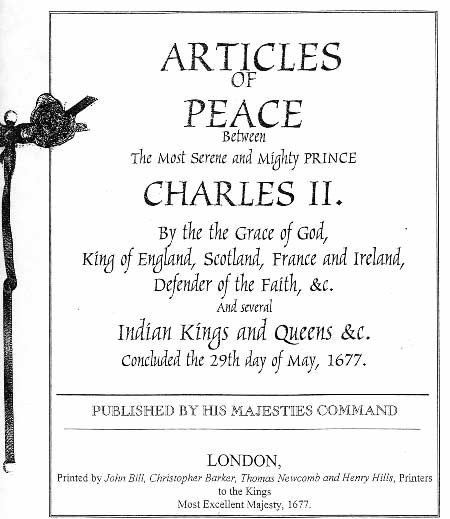
Treaty of Middle Plantation (Articles of Peace)
John Bill, Christopher Barker, Thomas Newcomb, and Henry Hills, printers
1677
Some links to other information
“Meet the Mattaponi” https://virginiawatertrails.org/meet-the-mattaponi/
“Mattaponi Tribe’s Pow Wow: Time of Celebration & Giving Thanks,”
“Mattaponi and Pamunkey Tribes Pay 343rd Annual Tribute to Governor”
On November 5-7 The Cheroenhaka (Nottoway) are having their 28th Annual Indian “Corn Harvest” POWWOW and School Day Featuring:
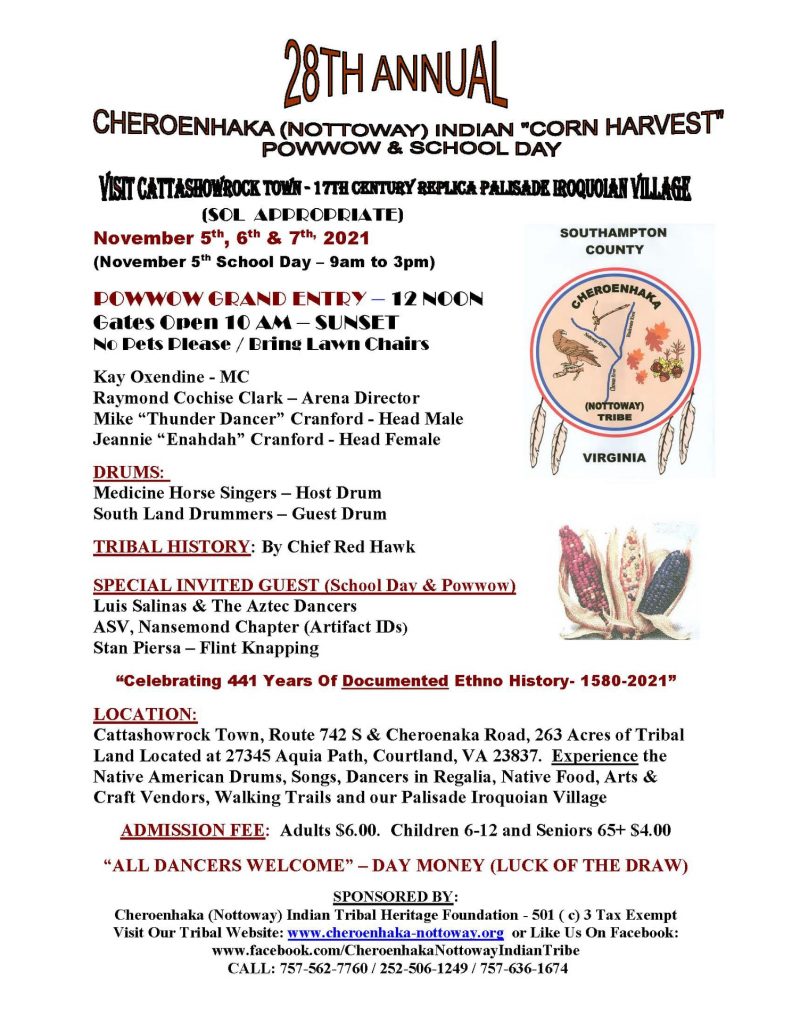
- “Celebrating 441 Years Of Documented Ethno History- 1580-2021.
- Experience the Native American Drums, Songs, Dancers in Regalia, Native Food,
- Arts & Craft Vendors,
- Walking Trails
- Palisade Iroquoian Village
Location: Cattashowrock Town, Route 742 S & Cheroenaka Road,
Tribal Land at 27345 Aquia Path, Courtland, VA 23837.
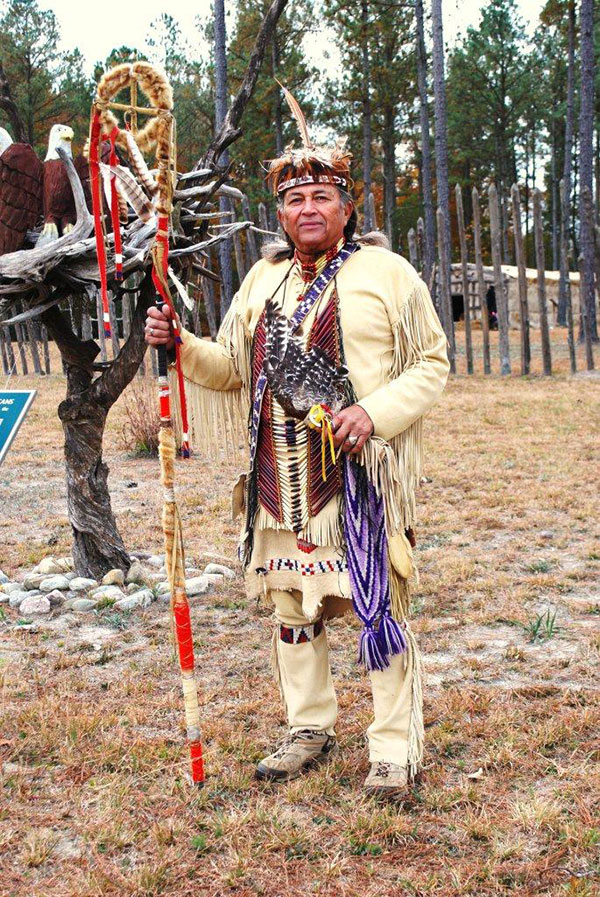
In April 2022, the Law Library will host Chief Walter David “Red Hawk” Brown, III and other tribal members as they present their history and culture. Mark Your calendars!
Links to Two Richmond Public Library Law Blogs:
Native American Heritage Month: Part I
https://rvalibrary.org/shelf-respect/adult/holidays/native-american-heritage-month-part-1/
Searching the Richmond Public Library’s catalog
Using the keyword “Powhatan” results in 88 books and other resources.
Using the keywords “Virginia Indians” results in 119 books and other resources.
Using the keywords “Virginia Native Americans” results in 26 books and other resources.
Using the keywords “Native Americans and the Law” results in 4 books and other resources.
You can, of course, search by the particular tribe. Using the keyword “Chickahominy” results in 3 resources.
Here are just a few of the resources in the library.
